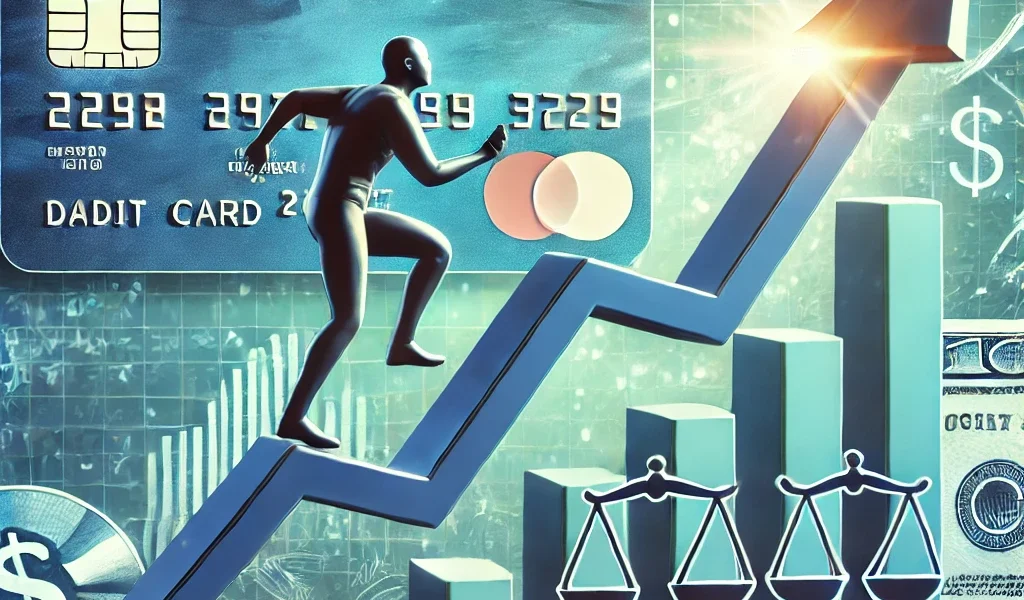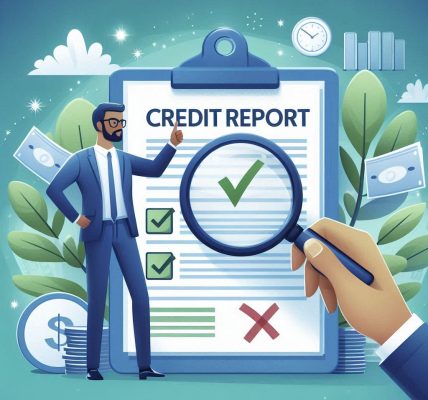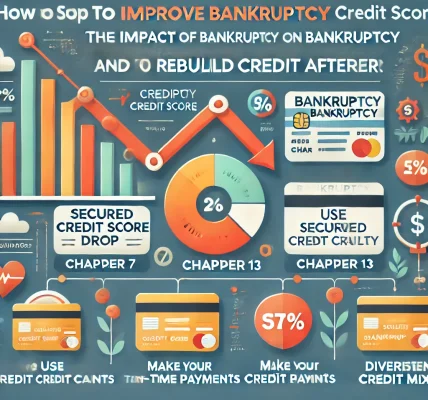Maxing out a credit card can feel overwhelming, but it’s not the end of the world. If your credit card has hit its limit, it can negatively impact your credit score, increase your financial stress, and make it harder to access new credit. However, with the right strategies, you can recover from this situation and rebuild your credit.
This guide will walk you through step-by-step methods to pay off your maxed-out credit card, minimize credit damage, and improve your credit score over time.
1. Understanding the Impact of a Maxed-Out Credit Card
A maxed-out credit card can have several negative effects:
a) High Credit Utilization Ratio (Hurts Credit Score)
Your credit utilization ratio is the percentage of your available credit that you are using. A high ratio can lower your credit score significantly.
- Example: If your credit limit is $5,000 and you’ve used all of it, your utilization ratio is 100%—which is not ideal.
- Solution: Keep utilization below 30% for a healthier credit score.
b) Higher Interest Costs
Carrying a high balance means paying more interest, especially if you only make minimum payments.
c) Lower Approval Odds for New Credit
Lenders see maxed-out cards as a red flag, making it harder to get approved for loans or new credit cards.
2. Steps to Pay Off a Maxed-Out Credit Card
a) Stop Using the Card Immediately
Avoid making new purchases on the maxed-out card. Use cash or a debit card instead.
b) Pay More Than the Minimum Due
- Paying only the minimum will keep you in debt longer and cost you more in interest.
- If possible, make multiple payments each month to lower your balance faster.
c) Prioritize Your Payments (Debt Snowball vs. Debt Avalanche)
Two popular methods to pay off debt:
- Debt Snowball: Pay off the smallest debts first to gain momentum.
- Debt Avalanche: Pay off the highest-interest debt first to save money over time.
d) Consider a Balance Transfer
- Some credit cards offer 0% APR balance transfer promotions.
- Transfer your high-interest balance to a card with a lower rate to save on interest.
- Be mindful of balance transfer fees and ensure you can pay off the debt before the promotional period ends.
e) Negotiate a Lower Interest Rate
- Call your credit card company and ask for a lower APR.
- Explain your situation and demonstrate a history of on-time payments.
f) Use Extra Income to Make Lump-Sum Payments
- Allocate bonuses, tax refunds, or side income toward your debt.
g) Set Up Automatic Payments
- Avoid missed payments by setting up auto-pay for at least the minimum due.
3. Rebuilding Your Credit Score After a Maxed-Out Card
a) Make On-Time Payments Moving Forward
- Payment history accounts for 35% of your credit score.
- Even if you can’t pay in full, never miss a due date.
b) Lower Your Credit Utilization
- Pay down your balance to reduce your utilization ratio.
- Ask for a credit limit increase (but don’t use the extra credit).
c) Use Other Credit Cards Responsibly
- If you have other cards, keep utilization below 30%.
- Make small purchases and pay them off in full each month.
d) Check Your Credit Report for Errors
- Obtain a free credit report from AnnualCreditReport.com.
- Dispute any incorrect information that could be lowering your score.
e) Consider a Secured Credit Card (If Necessary)
- If your credit score has dropped significantly, a secured credit card can help rebuild your score.
- Use it for small purchases and pay in full every month.
4. How to Avoid Maxing Out Your Credit Cards in the Future
a) Create a Monthly Budget
- Track your income and expenses to prevent overspending.
- Use budgeting apps like Mint or YNAB to stay on top of finances.
b) Build an Emergency Fund
- Save at least 3-6 months’ worth of expenses to avoid relying on credit during emergencies.
c) Use Credit Cards Strategically
- Use your credit card for planned expenses only, and pay the balance in full each month.
d) Set Spending Alerts
- Most credit card companies allow you to set up alerts for high spending or approaching your limit.
e) Pay Off Balances in Full Each Month
- Avoid interest charges by paying your balance completely each billing cycle.
5. Common Myths About Maxed-Out Credit Cards
Myth #1: You Should Close a Maxed-Out Credit Card
Truth: Closing the card can hurt your credit utilization ratio and lower your credit score.
Myth #2: You Can Ignore a Maxed-Out Card and It Will Go Away
Truth: Interest will continue to grow, and ignoring the debt can lead to collections, damaging your credit further.
Myth #3: Applying for New Credit Will Solve the Problem
Truth: Applying for more credit can temporarily hurt your score, and relying on new credit to pay off old debt is a risky cycle.
Conclusion: Take Action Today
Recovering from a maxed-out credit card takes discipline, but it is entirely possible. By making smart financial choices—such as paying off your balance, reducing credit utilization, and maintaining on-time payments—you can rebuild your credit score and achieve financial stability.




